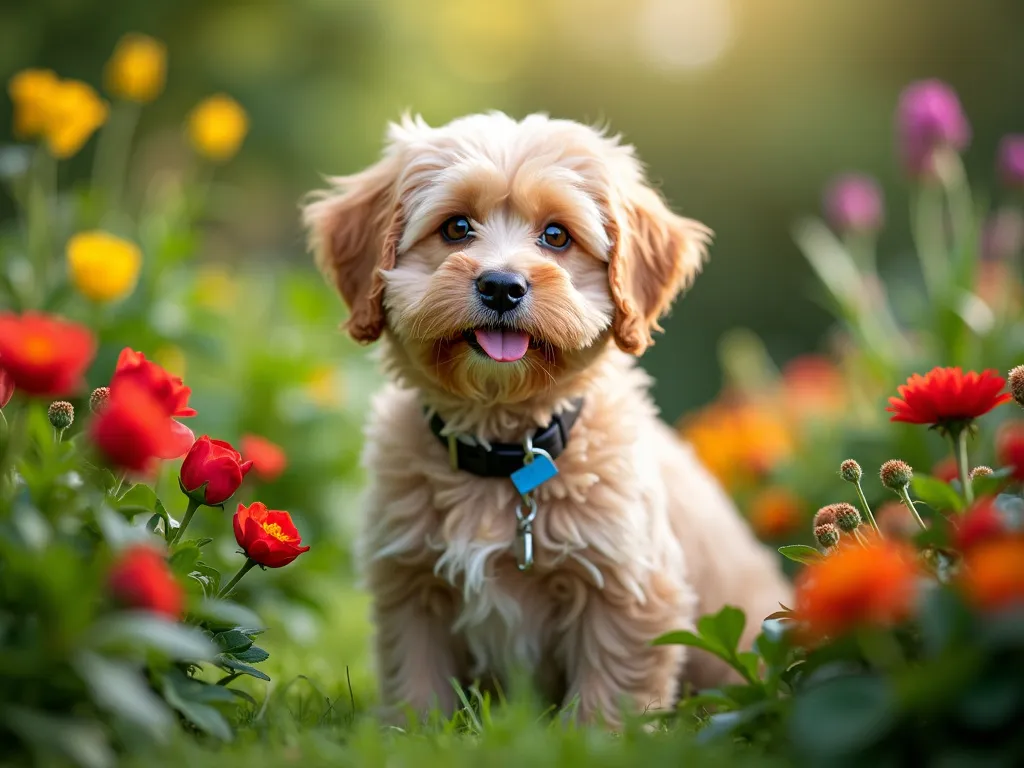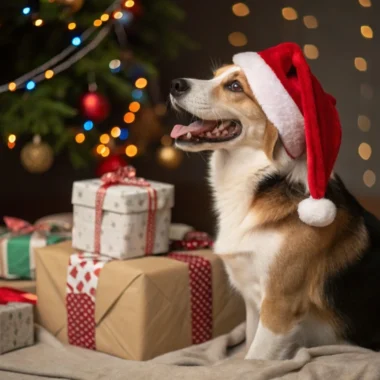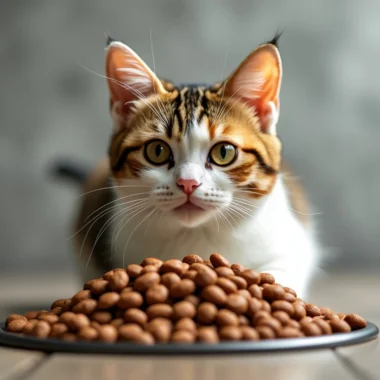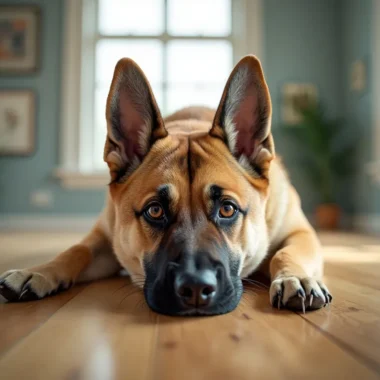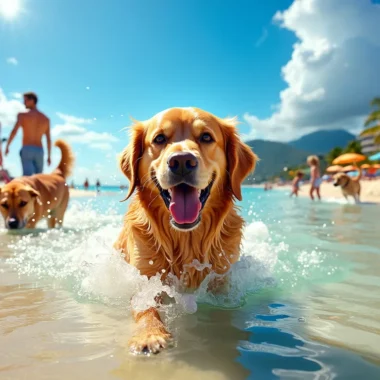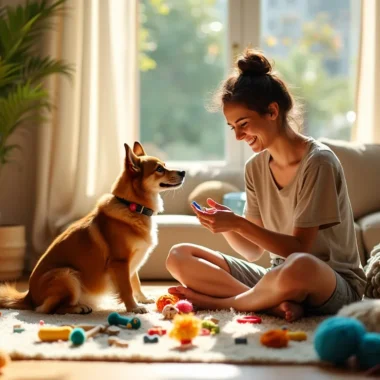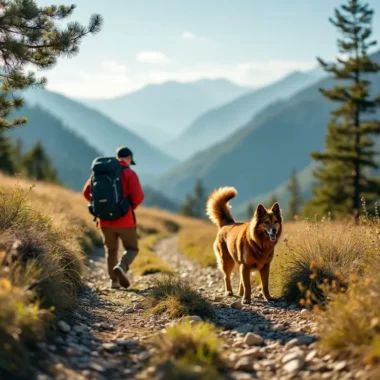Introduction to Pet-Friendly Gardening
Benefits of Gardening with Your Pet
Gardening with your pet is more than just a fun activity—it’s a way to bond and get some exercise. Imagine you and your furry buddy digging in the dirt, planting flowers, and just enjoying the fresh air. It’s a great way to reduce stress and keep both of you mentally sharp. Plus, your pet learns to behave better by understanding garden boundaries, which can make them more well-behaved indoors too. For more fun ideas, check out our article on pet-friendly hobbies.
Creating a Safe and Enjoyable Garden Space
Making your garden a pet paradise isn’t rocket science, but it does need some thought. First off, ditch any toxic plants. You want your pet to sniff, chew, and explore without any risk. For a list of safe plants, visit our section on non-toxic plants for pets.
| Aspect | Consideration |
|---|---|
| Plants | Non-toxic varieties |
| Paths | Smooth, non-slip surfaces |
| Shade | Areas for rest and relaxation |
| Fencing | Secure boundaries |
Paths and play areas can make your garden a playground for your pet. Smooth, non-slip paths are a must to avoid any slips or falls. And don’t forget shaded spots where your pet can chill out, especially when it’s hot.
Secure fencing is a no-brainer. It keeps your pet from wandering off and protects them from potential dangers. For more safety tips, check out our section on fencing and barriers for pet safety.
By designing your garden with your pet in mind, you create a space where both of you can have a blast. For more activities to enjoy with your pet, you might like pet-friendly hiking or pet-friendly crafts.
Picking Pet-Safe Plants
Creating a garden that you and your pet can both enjoy is a fun project. But, choosing the right plants is key. Some plants are safe and even good for pets, while others can be harmful. Let’s look at some pet-safe plants and the ones you should avoid.
Pet-Safe Plants
Choosing pet-safe plants makes sure your garden is a safe place for your furry buddies. These plants are generally safe for pets, even if they decide to have a little taste.
| Plant Name | Why It’s Great |
|---|---|
| Spider Plant | Tough and easy to grow, plus it’s safe for pets. |
| Boston Fern | Adds lush greenery and won’t harm your pets. |
| Bamboo Palm | Cleans the air and is pet-friendly. |
| African Violet | Beautiful flowers that are safe for pets. |
| Herbs (Basil, Thyme, Rosemary) | Safe for pets and great for cooking too. |
For more fun ideas, check out our article on pet-friendly hobbies.
Plants to Avoid in a Pet-Friendly Garden
Some plants can be toxic to pets and should be avoided to keep your garden safe. Here are some common plants that could be risky for your pets.
| Plant Name | How Bad It Is | What Happens |
|---|---|---|
| Lily | Very Bad | Vomiting, tiredness, kidney failure (especially in cats) |
| Oleander | Very Bad | Heart issues, drooling, shaking |
| Azalea | Bad to Very Bad | Vomiting, diarrhea, drooling |
| Daffodil | Bad to Very Bad | Vomiting, diarrhea, stomach pain |
| Sago Palm | Very Bad | Vomiting, liver failure, death |
Make sure your garden doesn’t have these harmful plants to keep your pets safe. If you’re looking for more ways to have fun with your pet, check out pet-friendly photography or pet-friendly crafts.
By picking the right plants, you can create a lovely and safe garden for both you and your pets to enjoy.
Designing Your Pet-Friendly Garden
Creating a garden that both you and your pet can enjoy involves thoughtful design and consideration. By adding paths, play areas, and shaded spots, you can provide a safe and fun environment for your furry friend.
Adding Paths and Play Areas
Paths and play areas are essential for a pet-friendly garden. These elements give your pet ample space to explore, exercise, and play without damaging your plants. Consider using durable materials for pathways to withstand regular use and paw traffic.
| Path Material | Durability | Pet-Friendliness |
|---|---|---|
| Gravel | High | Moderate |
| Bark Chips | Moderate | High |
| Pavers | High | High |
| Grass | Low | High |
Incorporate play areas with features like tunnels, ramps, and digging zones to keep your pet entertained. Ensure these areas are free from sharp objects and toxic plants.
For more ideas on fun activities, check out our article on pet-friendly hobbies.
Creating Shaded Spots for Rest
Shaded areas are vital for your pet to rest and cool down, especially on hot days. Planting trees, installing pergolas, or placing large umbrellas can provide necessary shade.
Consider the following plants for natural shade:
| Plant | Shade Coverage | Pet-Friendliness |
|---|---|---|
| Japanese Maple | High | High |
| Dogwood | Moderate | High |
| Ferns | Low | High |
| Bamboo | High | High |
Design these shaded spots with comfortable bedding or pet-friendly furniture where your furry friend can relax. For more tips on creating a safe garden space, visit our section on creating a safe and enjoyable garden space.
By thoughtfully incorporating paths, play areas, and shaded spots, you can design a pet-friendly garden that provides enjoyment and safety for both you and your pet.
Keeping Your Garden Pet-Safe
Making sure your garden is safe for your pets means using methods that won’t harm your furry pals. Let’s talk about pet-safe ways to handle pests and weeds so your garden stays a paradise for both plants and pets.
Pet-Safe Pest Control
Keeping pests away without risking your pets’ health is a must. Here are some easy and safe options:
- Neem Oil: This natural bug repellent is safe for pets if you use it right.
- Diatomaceous Earth: This stuff can tackle pests without hurting your pets. Just make sure it’s food-grade.
- Beneficial Bugs: Ladybugs and other good insects can naturally keep pests in check.
- DIY Sprays: Mix water, mild soap, and essential oils to make a pet-safe pest spray.
| Pest Control Method | Pet Safety | Effectiveness |
|---|---|---|
| Neem Oil | High | Moderate |
| Diatomaceous Earth (Food-Grade) | High | High |
| Beneficial Insects | High | High |
| Homemade Sprays (Water, Soap, Essential Oils) | High | Moderate |
Want more ideas for fun outdoor activities with your pet? Check out our article on pet-friendly hobbies.
Pet-Friendly Weed Control
You can keep weeds at bay without using harmful chemicals. Here are some tips:
- Mulching: A layer of mulch can stop weeds and is safe for pets.
- Hand Weeding: Pulling weeds by hand means no chemicals at all.
- Boiling Water: Pouring boiling water on weeds can kill them without any risk to pets.
- Vinegar Mix: A mix of vinegar and water can be a great natural weed killer.
| Weed Control Method | Pet Safety | Effectiveness |
|---|---|---|
| Mulching | High | Moderate |
| Hand Weeding | High | High |
| Boiling Water | High | Moderate |
| Vinegar Solution (1:1 Vinegar to Water) | High | Moderate |
For more fun ideas with your pet, check out our articles on pet-friendly crafts and pet-friendly photography.
Using these pet-safe methods, you can keep your garden healthy and safe for your pets. This way, gardening stays a fun and worry-free hobby you can enjoy with your furry friends.
Gardening with Your Pet: A Fun and Furry Adventure
Gardening isn’t just for green thumbs—it’s a fantastic way to bond with your pet too. Here’s how you can turn your garden into a playground for your furry buddy.
Fun Garden Activities with Your Pet
Getting your pet involved in the garden can be a blast. Here are some ideas to keep both of you entertained:
- Digging Zone: Set up a special area where your pet can dig to their heart’s content without wrecking your plants. It’s a win-win!
- Fetch and Play: Grab some garden-safe toys and have a game of fetch or tug-of-war. Just make sure the play area is clear of any delicate plants.
- Obstacle Course: Use tunnels, hoops, and ramps to create a fun obstacle course. It’s great exercise and keeps their mind sharp.
- Water Fun: On hot days, let your pet splash around in a sprinkler or a shallow pool. Just keep an eye on the water to prevent mosquito breeding.
- Treasure Hunt: Hide treats or toys around the garden and let your pet sniff them out. It’s a fun way to encourage exploration.
Teaching Your Pet to Respect the Garden
A well-behaved pet makes for a happy garden. Here’s how to train them to respect your green space:
- Basic Commands: Teach them simple commands like “sit,” “stay,” and “leave it.” These are lifesavers when it comes to protecting your plants.
- Designated Zones: Train your pet to stick to specific areas for digging or playing. This keeps your garden looking good.
- Positive Reinforcement: Reward good behavior with treats or praise. Your pet will quickly learn what’s allowed.
- Consistency: Stick to the rules and reinforce them regularly. Consistency is key to good behavior.
- Supervision: Keep an eye on your pet during the early days of gardening together. This helps them learn the ropes faster.
By mixing fun activities with a bit of training, you can create a garden that’s enjoyable for both you and your pet. For more pet-friendly hobbies, check out our articles on pet-friendly hiking and pet-friendly photography.
Keeping Your Garden Safe for Pets
Gardening with pets can be a blast, but keeping them safe is a must. Here’s how to make your garden a pet-friendly haven.
Fencing and Barriers: Keeping Pets Safe
Fences and barriers are your best friends when it comes to keeping pets out of trouble. They stop pets from wandering off or getting into dangerous spots. Here are some options:
| Type of Barrier | Description | Best For |
|---|---|---|
| Wooden Fence | Classic and sturdy | Dogs, Cats |
| Mesh Fence | See-through but secure | Dogs, Cats |
| Garden Netting | Light and easy to set up | Small Pets (e.g., rabbits) |
| Plant Barriers | Dense plants as natural borders | All Pets |
Make sure your fence is tall enough so pets can’t jump over and check for gaps they might squeeze through. Want more outdoor fun with your pet? Check out our pet-friendly hiking guide.
Storing Tools and Chemicals: Out of Paw’s Reach
Garden tools and chemicals can be dangerous for pets. Here’s how to keep them safe:
- Tool Storage:
- Lock tools in a shed or garage.
- Use wall racks or shelves to keep tools off the ground.
- Cover sharp tools or store them in a toolbox.
- Chemical Storage:
- Keep fertilizers, pesticides, and herbicides in their original containers with labels.
- Store chemicals in a high, locked cabinet or secure bin.
- Don’t leave chemical containers open or unattended.
By following these tips, you can make your garden a safe and fun place for your pets. For more pet-friendly hobbies, check out our articles on pet-friendly crafts and pet-friendly photography.

